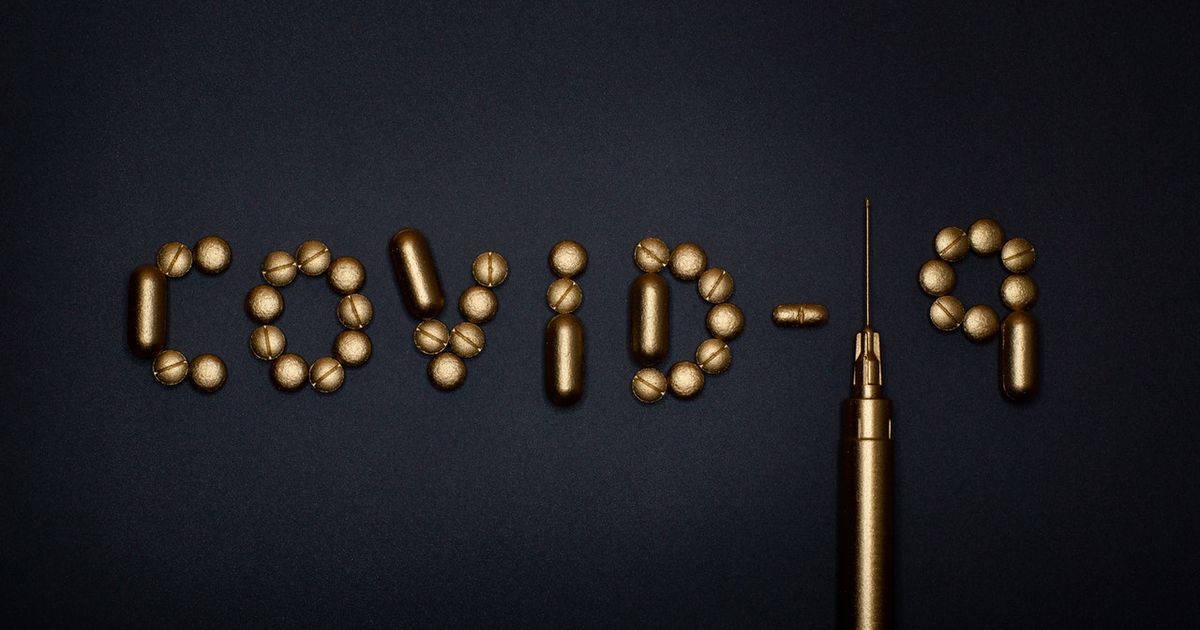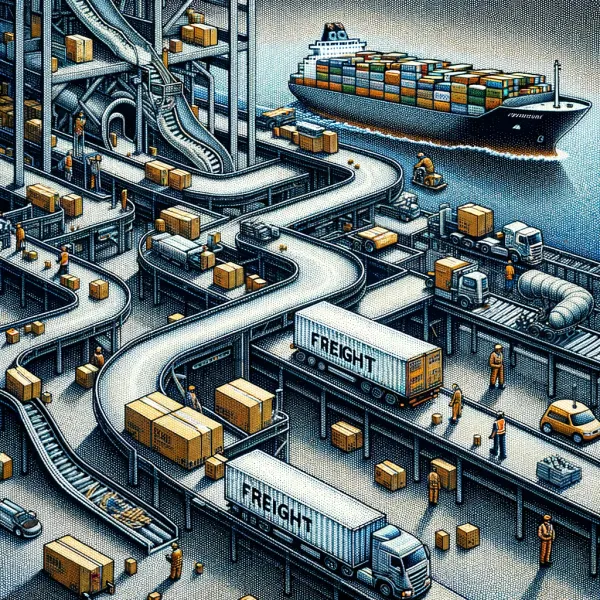
How Do We Distribute The Covid-19 Vaccine?
Written by Jon Bradford and Santosh Sankar, 2020-11-09
It goes without saying that the early efficacy of Pfizer and BioNTech’s vaccine is a huge breakthrough as the US crosses 10M cases on Monday afternoon. As it sits today, this messenger RNA (mRNA) vaccine has to be shipped in special containers to maintain the ultra-low temperatures (-112°F/-80°C) required of this new vaccine-type. The creators of this vaccine are uncertain whether this vaccine can survive for up to five days in a normal fridge at 39°F/4°C. No commercially available vaccines use this approach and, until now, it hasn’t been tested in large-scale human trials.
This is a new form of vaccine that uses the genetic code (gene-based) rather than any part of the virus itself (protein-based) that is common with other vaccines. This latter type of vaccine can be managed at temperatures closer to room temperature (26-46°F/2-8°C) and leverage conventional cooling methodologies.
The question that seems to be going unanswered - how do we distribute a vaccine that requires temperatures of nearly -100°F/-70°C?
The Challenge
Breaking it down across the five parts of the supply chain that we identify with, we see massive challenges at various different stages particularly downstream transportation and warehousing. Manufacturing itself will pose a bottleneck that will force authorities to prioritize vulnerable and elderly populations in densely populated areas. Assume that can be managed, after the vaccine leaves the point of manufacture, it enters an international supply chain that is currently grappling with container shortages and air logistics that need to continue a ramp up of capacity for distribution.
“Reefer” units (large fridges carried by container ships to move temperature-sensitive goods between -30°C and +30) are not suitable so it leaves tons of dry ice as the only option. Given the need for swift delivery, the expectation is that air cargo will be the most common delivery mechanism, however air and dry ice don’t make comfortable bed fellows - the FAA has rules on how much dry ice can be on planes.
When moving the vaccine within the US, there has been much debate within Dynamo about whether using trucks or rail is the most optimal approach.
Trucks will have reduced efficiency if half a trailer needs to be stuffed with dry ice but vaccines can be moved point to point. However, going against conventional wisdom, intermodal transport could be used where trains haul the medicine over long distances with convoys on standby to bring them to storage and dispensing sites. Consider that most mainline tracks in the US allow trains to go 60mph - just as fast or faster than trucks - with an ability to haul more vaccines and coolant without trading off on speed.
As the vaccine switches from one mode of transport to another and/or is being stored for follow-on transportation and distribution, there will be a need to create large “freezer farms” to maintain the vaccines at the appropriate temperature. It’s worth noting that ultra-cold freezer units are few and far between. While certain regions might have such access at academic or research facilities, there will need to be a more decentralized approach to manage demand for the vaccine.
To add to the complexity of building what is essentially a completely new ultra-cold supply chain, it is important to recognize that this new supply chain will cross multiple borders and with it, the associated paperwork. For such stringent temperature controls much of the developing world will be off limits for this particular vaccine.
For many in the US, Europe, and abroad, this vaccine would need a constant replenishment of dry ice to maintain the temperature levels required. Now add to this the consumables - syringes, needles, disinfectant, et al that must be on-site and ready to use given the perishable nature of the antidote. It’s clear that this is one of the most complex supply chain problems in recent history to solve.
Finally, it does trouble us that experts believe that 50% of vials will be unusable despite the monumental efforts being undertaken by the world’s foremost logistics experts. A majority of this loss stems from a lack of sufficient cold packaging and related controls. In the medium to long term, we believe that this will spur massive investment in healthcare supply chains and the accompanying cold chain necessary to safeguard humankind.


